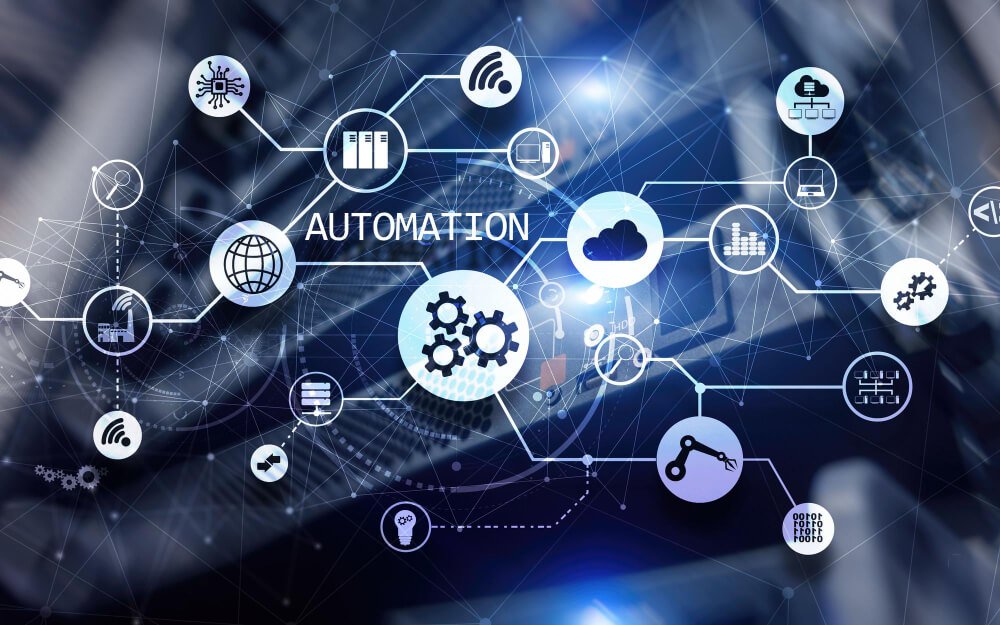In today’s fast-paced world, businesses are continually seeking ways to enhance efficiency, reduce costs, and improve overall productivity. One of the most significant developments in recent years that has revolutionized the business landscape is automation technology. From manufacturing to customer service, automation has become a cornerstone of modern business operations, transforming how companies operate and compete in an increasingly globalised market. This article will delve on modern business, exploring its benefits, challenges, and future prospects.
The Rise of Automation Technology
This refers to the use of machines, software, and other technologies to perform tasks that were traditionally done by humans. The concept is not new; automation has been part of industrial processes since the early 20th century. However, advancements in technology have significantly expanded the scope and capabilities of automation, making it an integral part of modern business operations.
Today, automation technology encompasses a wide range of applications, from robotic process automation (RPA) in office environments to advanced robotics in manufacturing. As businesses seek to remain competitive, the adoption of this technology has become essential. But what exactly is driving this widespread adoption?
The Benefits of Automation Technology
1. Increased Efficiency and Productivity
Automation technology allows businesses to streamline their operations by automating repetitive and time-consuming tasks. This not only reduces the time required to complete these tasks but also frees up employees to focus on more strategic and creative work. For example, in a manufacturing setting, automated machines can work around the clock without fatigue, significantly increasing production output.
2. Cost Reduction
By automating tasks that were previously performed by humans, businesses can significantly reduce labor costs. Additionally, automation technology can minimize errors and rework, further lowering operational costs. Over time, these savings can be reinvested into other areas of the business, such as research and development or marketing.
3. Improved Quality and Consistency
Automation technology ensures that tasks are performed with a high degree of accuracy and consistency. This is particularly important in industries where precision is critical, such as pharmaceuticals or electronics manufacturing. By reducing the likelihood of human error, businesses can produce higher-quality products and services, leading to increased customer satisfaction.
4. Enhanced Customer Experience
In today’s competitive market, customer experience is a key differentiator. Automation technology can play a significant role in improving the customer journey. For instance, chatbots and automated customer service systems can provide instant responses to customer inquiries, enhancing overall satisfaction. Moreover, automation allows for personalized experiences by analyzing customer data and tailoring interactions to individual preferences.
5. Scalability
As businesses grow, so do their operational demands. Automation technology provides the scalability needed to handle increased workloads without compromising quality or efficiency. This scalability is particularly beneficial for businesses looking to expand into new markets or introduce new products.
Challenges of Automation Technology
1. Initial Investment Costs
Implementing automation technology often requires a significant upfront investment in machinery, software, and training. For small and medium-sized enterprises (SMEs), this can be a substantial barrier to adoption. However, the long-term benefits often outweigh the initial costs, making it a worthwhile investment.
2. Workforce Displacement
One of the most significant concerns surrounding automation technology is the potential for workforce displacement. As machines and software take over tasks previously performed by humans, there is a risk of job losses, particularly in industries that rely heavily on manual labor. Businesses must balance the need for automation with the responsibility to support their workforce, potentially through retraining programs and new job creation.
3. Complexity of Implementation
Implementing automation technology is not a one-size-fits-all solution. Each business has unique needs and processes, which means that automation solutions must be tailored accordingly. This complexity can make implementation challenging, requiring careful planning and collaboration with technology providers.
4. Security Risks
As automation technology becomes more integrated into business operations, it also introduces new security risks. Automated systems can be vulnerable to cyberattacks, which can disrupt operations and compromise sensitive data. Businesses must invest in robust cybersecurity measures to protect their automated systems and maintain trust with their customers.
The Future of Automation Technology
1. Artificial Intelligence and Machine Learning
One of the most promising developments in automation technology is the integration of artificial intelligence (AI) and machine learning. These technologies enable automated systems to learn from data, adapt to changing conditions, and make decisions in real time. This level of intelligence will allow businesses to automate more complex tasks, such as predictive maintenance and supply chain optimization.
2. Collaborative Robots (Cobots)
Collaborative robots, or cobots, are designed to work alongside humans, complementing their abilities rather than replacing them. Cobots are already being used in various industries, including manufacturing, healthcare, and logistics. As cobot technology advances, businesses will be able to leverage these machines to enhance human productivity and improve safety in the workplace.
3. Automation in Service Industries
While automation has traditionally been associated with manufacturing, its impact is increasingly being felt in service industries. From automated financial trading systems to AI-driven marketing campaigns, businesses in the service sector are discovering new ways to leverage automation technology to improve efficiency and deliver better customer experiences.
4. Sustainability and Automation
Sustainability is becoming a top priority for businesses, and this technology can play a crucial role in achieving environmental goals. For example, automated energy management systems can optimize energy use in buildings, reducing carbon footprints. Similarly, automation in supply chain management can minimize waste and improve resource efficiency.
Conclusion: Embracing Automation Technology
In conclusion, automation technology is transforming the modern business landscape, offering numerous benefits while also presenting challenges that must be addressed. As businesses continue to embrace automation, they will need to navigate these challenges carefully to fully realize the potential of this technology.
Whether it’s increasing efficiency, reducing costs, or improving customer experiences, this technology is a powerful tool that can drive business success in the 21st century. However, it is essential for businesses to approach automation strategically, considering both the opportunities and risks involved.
For those interested in exploring a career in this dynamic field, pursuing a Diploma in Automation Technology can provide the skills and knowledge needed to thrive in an increasingly automated world. With the right training and a forward-thinking approach, businesses and professionals alike can harness the power of automation technology to achieve long-term success.


